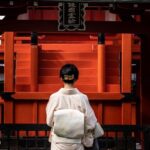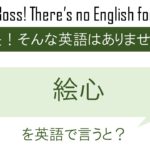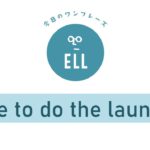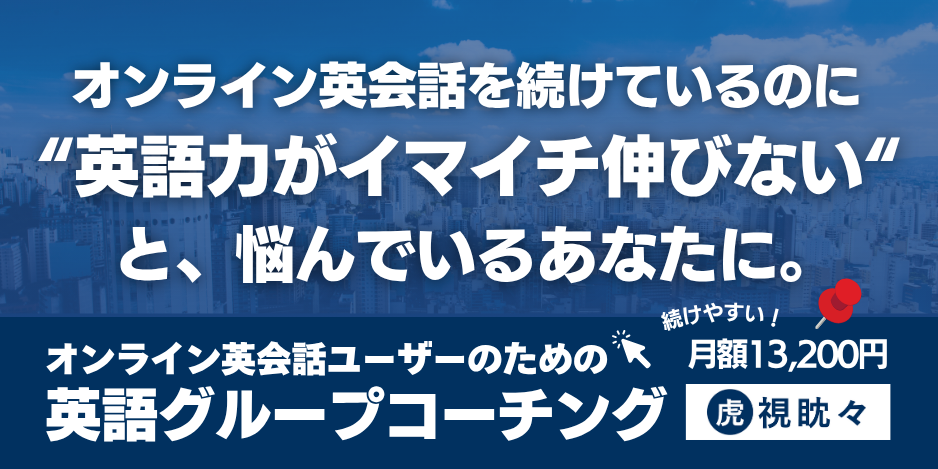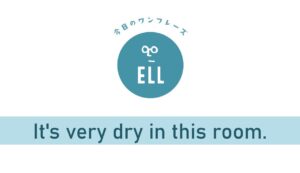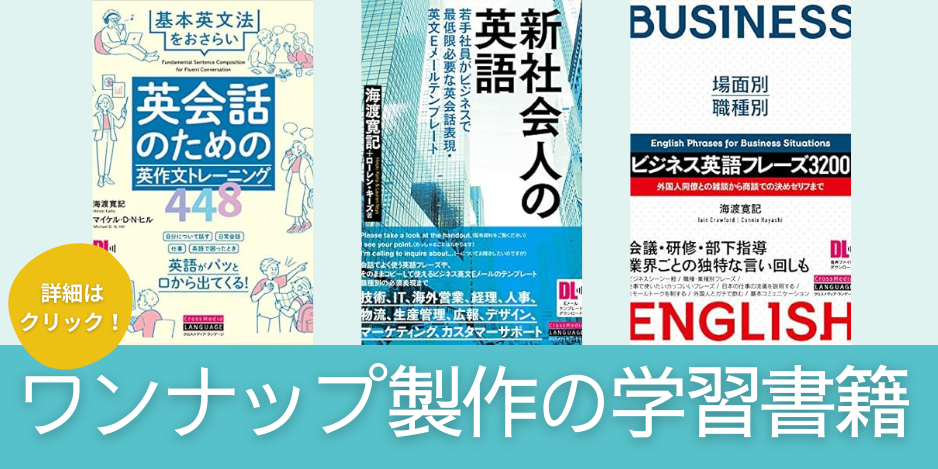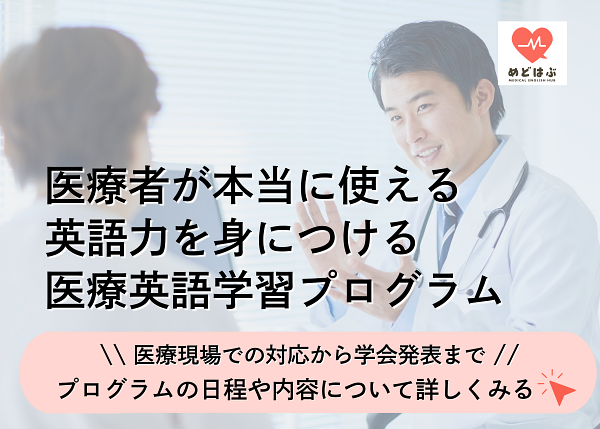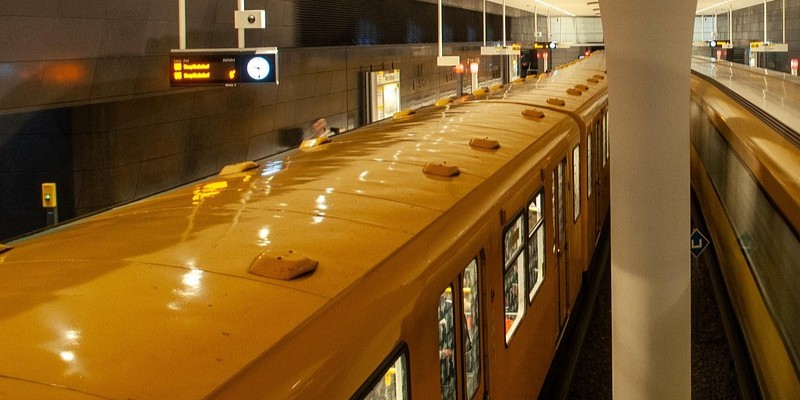
I used to be terrified and completely confused by subways and trains not to mention
that I have a poor sense of direction.The first time I ever rode on a subway was on a college trip and I had to hold my friends’ hand getting on because I was scared I was going to slip in between the gap.
Once I moved to Tokyo and started working at OneUP’s several different schools I knew I had to get over my fears.
Tokyo isn’t necessarily the best place to get over one’s fear of using public transportation, but I knew I had no choice but to do my best. Also, I was very fortunate to have friends in Tokyo when I moved here so they were kind enough to take me around while I first got my bearings.
Thankfully when I came to Japan, map and public transportation apps were just starting to be released and I used them a lot. Also, as I lived on and basically only used the Tokyo Metro lines I just had to focus on those systems.
At that time only Tokyo Metro had stop numbers, so I was lucky I leveraged that.
I would often get confused about which side of the platform I should be on to go the appropriate direction.
That’s where the stop numbers came in. If I was at Otemachi Station (T09) and was going to Minamisuna Station (T15) I knew I had to be on the side where the stop numbers would get bigger, not smaller. It is something I don’t even pay attention to, now that I know my way around, but it was so helpful back then.
I also didn’t have to remember the long names of the stations but simply the letter, number, and color of the stop symbol.
Then once I left stations and got above ground, I would get confused about which direction I should be heading.
Google Maps was of no use back then as GPS abilities weren’t what they are now. I then learned to use the station maps as I left and also convenience stores became landmarks for me. They were some of the few businesses that I could easily recognize being in a new country.
I would often leave a good chunk of time earlier than I needed because I would make a mistake and need extra time.
Eventually, I learned that those mistakes were important for learning and overcoming my directional issues. Once I took an express train instead of a local train and had to go back, so I was careful to never do it again.
Finally, learning basic kanji really helped dissect the information on train screens as things were only written in kanji back then. Once I learned the kanji for ‘local train’, ‘express train’, ‘bound for’, ‘doors opening on the right or left side’, etc. It gave me more of an understanding, so I didn’t get confused so much.
After 10 years of living in Japan I rarely need to look at a map but when I do and I have the extra time I’m actually excited about learning how to get to and around a new place. A weakness in my life has turned into more of a hobby for me and I’m grateful for it.
Laura
leverage (verb) - to use something to maximum advantage
chunk of time (noun) – a large amount of time
dissect (verb) – to analyze something in detail
英語学習をフルサポート!
マンツーマン&コーチングの英会話教室




